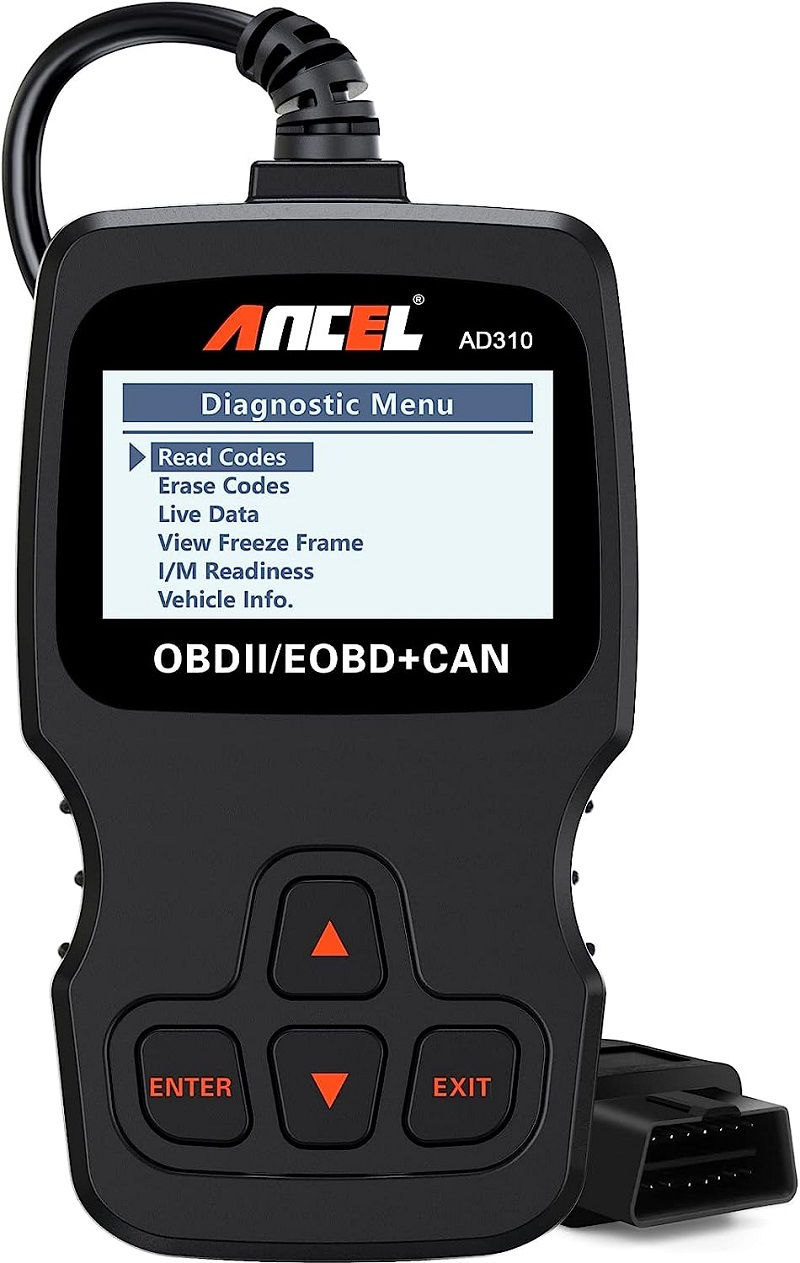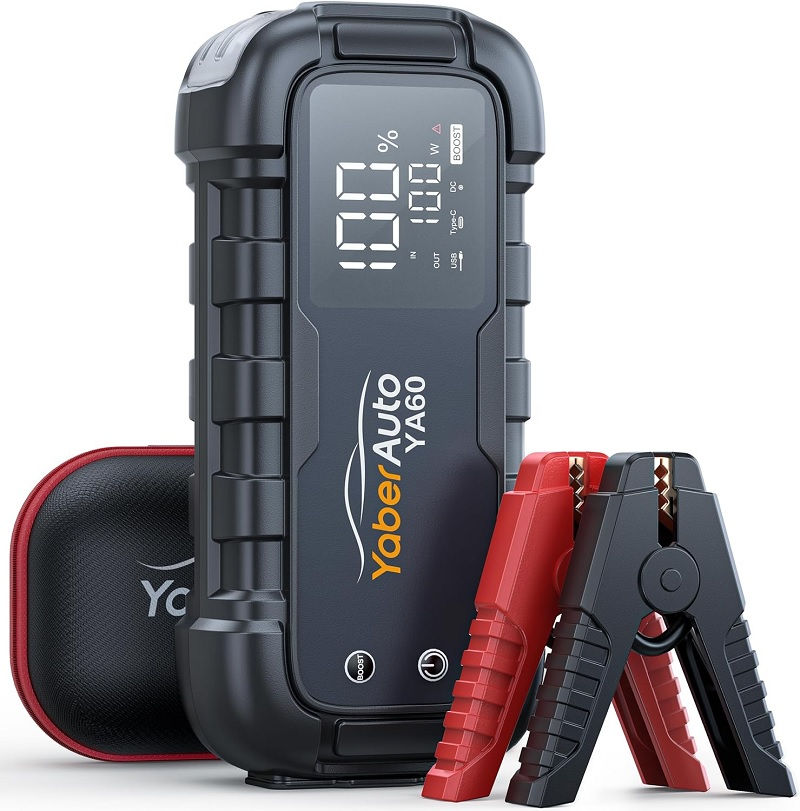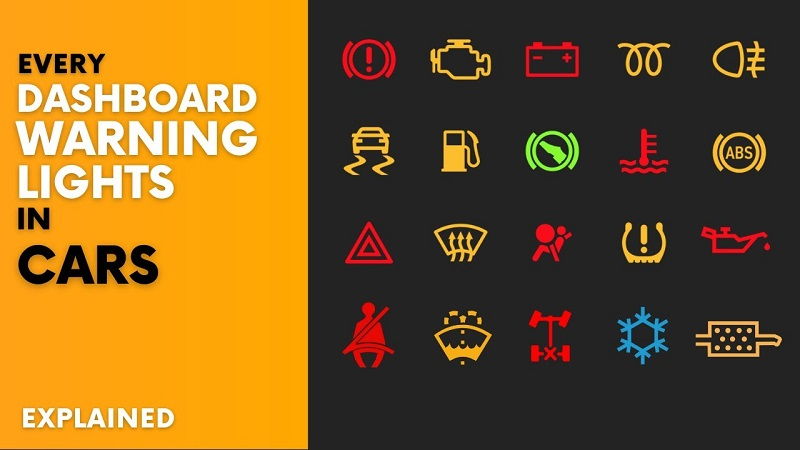This post contains affiliate links. This means I will make a commission at no extra cost to you should you click through and make a purchase [ “As an Amazon Associate, I earn from qualifying purchases.” ]. Read the full disclosure here.
Vehicle Warning Symbols GuideMechanic.Com Vehicle Warning Symbols When driving, it’s crucial to pay attention to the warning symbols on your vehicle’s dashboard.
These symbols are designed to alert you to potential issues or malfunctions that require immediate attention.
However, understanding what these symbols mean can sometimes be challenging, especially for those who are not well-versed in car mechanics.
In this blog article, we will provide you with a comprehensive guide to vehicle warning symbols, decoding their meanings, and explaining the actions you should take when encountering them.
Whether you’re a new driver or simply want to refresh your knowledge, this article will be your go-to resource for understanding these essential indicators.
Vehicle Warning Symbols
The Check Engine Light
Check out this ANCEL AD310 Classic Enhanced Universal OBD II Scanner Car Engine Fault Code Reader CAN Diagnostic Scan Tool-Black

The check engine light is perhaps the most well-known and commonly seen symbol on a vehicle’s dashboard.
It can be triggered by various issues, ranging from minor to potentially serious problems with the engine or emissions system.
See Also: 2001 Honda Civic Catalytic Converter
When this light comes on, it’s essential not to panic but to take the necessary steps to diagnose and address the issue.
Possible Causes and Troubleshooting
The check engine light can be triggered by a range of issues, such as a faulty oxygen sensor, a loose gas cap, a malfunctioning catalytic converter, or even a failing engine component.
To determine the cause, it’s advisable to use a diagnostic tool or visit a mechanic who can read the error codes stored in your vehicle’s computer system.
Once you have identified the error code, you can research or consult a mechanic to understand the specific problem.
Some issues may be simple enough for you to resolve on your own, such as tightening a loose gas cap or replacing a faulty sensor. However, it’s important to note that certain problems may require professional diagnosis and repair.
When to Seek Professional Help
If you are unsure about the cause of the check engine light or if it persists after attempting basic troubleshooting, it’s best to seek professional help.
A qualified mechanic will have the expertise and equipment to diagnose the problem accurately. Ignoring the check engine light or attempting to mask it with tape can lead to further damage and more expensive repairs in the long run.
Vehicle Warning Symbols
The Battery Light

When the battery light comes on, it can indicate a range of potential issues, from a simple battery problem to a more serious electrical malfunction.
Understanding the possible causes behind this warning symbol and how to troubleshoot them can help you determine the appropriate course of action.
Possible Causes and Troubleshooting
The battery light can come on due to a weak or dying battery, a faulty alternator, loose or corroded battery connections, or a damaged serpentine belt.
See Also: 4l60e Shift Solenoid
To troubleshoot, start by checking the battery connections and ensuring they are secure and free from corrosion.
If the connections are fine, you can test the battery’s voltage using a multimeter or take it to a battery specialist for testing.
If the battery is not the issue, it’s possible that the alternator is not charging the battery properly. In this case, it’s advisable to seek professional help, as testing the alternator requires specialized equipment.
A mechanic will be able to diagnose the problem and determine if the alternator needs to be repaired or replaced.
When to Seek Professional Help
If you have checked the battery connections, tested the battery, and ruled out any issues, it’s best to consult a professional.
Electrical problems can be complex and require specialized knowledge and equipment to diagnose. A mechanic will be able to perform a thorough inspection of the electrical system and identify the root cause of the battery light illumination.
Vehicle Warning Symbols
The Oil Pressure Light
The oil pressure light indicates a potential problem with the engine’s oil pressure. Ignoring this warning symbol can lead to severe engine damage, so it’s crucial to address the issue promptly and avoid driving until the problem is resolved.
Possible Causes and Troubleshooting
The oil pressure light can come on due to low oil levels, a faulty oil pump, a clogged oil filter, or engine wear and tear.
Start by checking the oil level using the dipstick. If it’s low, add the recommended type and amount of oil. Ensure the oil filter is not clogged or due for replacement.
If the oil level is adequate and the filter is clean, it’s possible that the oil pump is failing or there is excessive engine wear.
In this case, it’s best to consult a mechanic for further diagnosis. They may need to perform an oil pressure test or inspect internal engine components to determine the root cause.
When to Seek Professional Help
If the oil pressure light remains illuminated after checking and addressing low oil levels or a clogged filter, it’s crucial to seek professional help. Continuing to drive with low oil pressure can cause severe engine damage.
A mechanic will be able to identify the underlying issue and perform the necessary repairs to restore proper oil pressure.
Vehicle Warning Symbols
The Brake System Light
The brake system warning light demands immediate attention, as it poses a significant safety risk. Understanding the possible reasons behind this warning symbol and how to diagnose the problem can help ensure your safety on the road.
Possible Causes and Troubleshooting
The brake system light can come on due to various issues, such as low brake fluid levels, a malfunctioning brake master cylinder, worn brake pads, or a faulty ABS (anti-lock braking system) sensor. Start by checking the brake fluid level in the reservoir. If it’s low, top it up with the recommended brake fluid.
If the brake fluid level is adequate, it’s possible that there is a problem with the brake master cylinder or the ABS system. In this case, it’s best to consult a mechanic for further diagnosis.
They will be able to perform a thorough inspection of the brake system, identify the specific issue, and recommend the necessary repairs.
When to Seek Professional Help
If the brake system light remains illuminated after topping up the brake fluid or if you notice any other brake-related issues, it’s essential to seek professional help.
Brake problems can compromise your ability to stop safely, posing a significant risk to yourself and others on the road.
See Also: P0087 Cummins
A mechanic will be able to diagnose the problem accurately and perform the necessary repairs to ensure your brakes are in optimal working condition.
Vehicle Warning Symbols
The Tire Pressure Monitoring System (TPMS) Light
A TPMS light alerts you to potential tire pressure issues that could compromise your vehicle’s performance and safety.
Understanding the significance of this symbol, common causes of tire pressure fluctuations, and how to resolve the problem can help ensure your tires are in optimal condition.
Possible Causes and Troubleshooting
The TPMS light can come on due to various factors, such as changes in temperature, punctured or damaged tires, or a faulty TPMS sensor. Start by checking the tire pressure using a reliable tire pressure gauge.
Compare the measured pressure with the recommended pressure listed in the owner’s manual or on a sticker inside the driver’s door jamb.
If the tire pressure is significantly low in one or more tires, it’s advisable to inspect them for punctures or damage. If a tire is punctured, it may need to be repaired or replaced.
Additionally, ensure all tires are properly inflated to the recommended pressure to prevent uneven wear and compromised handling.
When to Seek Professional Help
If the TPMS light remains illuminated even after inflating the tires to the recommended pressure and ensuring there are no visible punctures or damage, it’s best to consult a professional.
A mechanic will have the necessary tools and expertise to diagnose any issues with the TPMS sensors or the system itself. They can also reprogram or replace faulty sensors if needed.
Vehicle Warning Symbols
The Temperature Warning Light
When the temperature warning light illuminates, it indicates that your vehicle’s engine is overheating. Ignoring this warning can lead to severe engine damage, so it’s crucial to address the issue promptly and prevent further complications.
Possible Causes and Troubleshooting
An overheating engine can be caused by various factors, such as a malfunctioning cooling system, a faulty thermostat, low coolant levels, or a broken radiator fan.
Start by checking the coolant level in the reservoir while the engine is cool. If it’s low, add the recommended coolant mixture to the appropriate level.
If the coolant level is adequate, it’s possible that there is a problem with the cooling system components. Check for any visible leaks or damage to hoses, belts, or the radiator.
Additionally, ensure that the radiator fan is functioning correctly by observing its operation while the engine is running and warm.
When to Seek Professional Help
If the temperature warning light remains illuminated after addressing low coolant levels or visible issues, it’s essential to seek professional help.
Continuing to drive with an overheating engine can cause severe damage and potential engine failure. A mechanic will be able to diagnose the root cause of the overheating and recommend the necessary repairs to restore proper engine temperature.
Vehicle Warning Symbols
The ABS Light
An ABS light indicates a problem with your vehicle’s anti-lock braking system. Understanding the potential causes behind this warning symbol, the implications of a faulty ABS system, and the appropriate actions to take can help ensure your braking system is in optimal condition.
Possible Causes and Troubleshooting
The ABS light can come on due to various issues, such as a faulty ABS sensor, a malfunctioning hydraulic pump, a damaged ABS module
Possible Causes and Troubleshooting (continued)
If the ABS light comes on, start by checking the brake fluid level in the reservoir. Low brake fluid levels can trigger the ABS light. If the fluid is low, top it up with the recommended brake fluid and check for any signs of leaks in the braking system.
If the brake fluid level is adequate, it’s possible that there is a problem with one of the ABS sensors. These sensors monitor the speed of each wheel and communicate with the ABS module.
A malfunctioning sensor can cause the ABS light to illuminate. Inspect the sensors for any damage or loose connections. Cleaning the sensors or replacing them may be necessary.
In some cases, the ABS module itself may be the culprit. This module controls the functioning of the ABS system and can develop faults over time.
If all other components check out, it’s advisable to consult a professional who can use specialized diagnostic equipment to pinpoint the exact issue and recommend the appropriate repairs.
When to Seek Professional Help
If you have checked the brake fluid level, inspected the ABS sensors, and ruled out any visible issues, it’s best to seek professional help. The ABS system is complex and requires specialized knowledge and equipment to diagnose and repair.
See Also: P0603 Code 7.3 Powerstroke
A mechanic or a trained technician will be able to perform a comprehensive inspection and accurately identify the underlying problem.
Vehicle Warning Symbols
The Airbag Light
When the airbag light comes on, it suggests a problem with your vehicle’s airbag system. Understanding the potential reasons behind this warning symbol, the importance of a properly functioning airbag system, and the steps to resolve any issues can help ensure your safety in the event of an accident.
Possible Causes and Troubleshooting
The airbag light can come on due to various factors, such as a faulty airbag sensor, a loose connection, a problem with the airbag module, or even a malfunctioning seatbelt pretensioner.
Start by checking the connections underneath the front seats, as loose connections can trigger the airbag light. Ensure that the connections are secure and free from corrosion.
If the connections are intact, it’s possible that there is a problem with one of the airbag sensors or the airbag module itself.
Diagnosing and repairing these components requires specialized knowledge and equipment. It’s best to consult a professional who can perform a thorough inspection of the airbag system and recommend the necessary repairs.
When to Seek Professional Help
If the airbag light remains illuminated after checking the connections and ensuring there are no visible issues, it’s crucial to seek professional help. The airbag system is a crucial safety component, and any malfunctions should be addressed promptly.
A mechanic or an airbag specialist will have the expertise and equipment to diagnose the problem accurately and perform the necessary repairs to ensure your airbags deploy correctly in the event of an accident.
Vehicle Warning Symbols
The Power Steering Light
A power steering warning light indicates a potential problem with your vehicle’s power steering system. Understanding the possible causes behind this warning symbol, the impact on your driving experience, and the necessary steps to rectify the situation can help ensure your power steering is functioning properly.
Possible Causes and Troubleshooting
The power steering light can come on due to various factors, such as low power steering fluid levels, a malfunctioning power steering pump, a loose or damaged belt, or a problem with the power steering control module.
Start by checking the power steering fluid level in the reservoir. If it’s low, add the recommended power steering fluid to the appropriate level.
If the fluid level is adequate, inspect the power steering pump and associated components for any visible signs of damage or leaks.
Check the condition and tension of the belt that drives the power steering pump. A loose or damaged belt can affect the power steering system’s performance. Tighten or replace the belt if necessary.
In some cases, the power steering control module may be at fault. This module controls the power steering system’s functioning and can develop faults over time.
If all other components check out, it’s advisable to consult a professional who can use specialized diagnostic equipment to pinpoint the exact issue and recommend the appropriate repairs.
When to Seek Professional Help
If you have checked the power steering fluid level, inspected the components, and ruled out any visible issues, it’s best to seek professional help.
The power steering system is complex and requires specialized knowledge and equipment to diagnose and repair.
A mechanic or a trained technician will be able to perform a comprehensive inspection and accurately identify the underlying problem.
Vehicle Warning Symbols
The Fuel Level Warning Light
When the fuel level warning light illuminates, it’s time to refuel. However, in some cases, the warning light may persist even after refueling.
Understanding the potential reasons for this warning symbol to persist and how to troubleshoot the issue can help ensure you have an accurate reading of your fuel level.
Possible Causes and Troubleshooting
If the fuel level warning light remains illuminated after refueling, start by checking the fuel cap. A loose or improperly secured fuel cap can trigger the light. Ensure the cap is tightened properly and that there are no visible signs of damage or cracks.
If the fuel cap is not the issue, it’s possible that there is a problem with the fuel level sensor or the wiring connected to it.
Diagnosing and repairing these components requires specialized knowledge and equipment. It’s best to consult a professional who can perform a thorough inspection of the fuel system and recommend the necessary repairs.
When to Seek Professional Help
If the fuel level warning light remains illuminated after confirming that the fuel cap is secure and there are no visible issues, it’s crucial to seek professional help.
The fuel level sensor and associated wiring are integral to accurately measuring the fuel level in your vehicle.
A mechanic or a fuel system specialist will have the expertise and equipment to diagnose the problem accurately and recommend the necessary repairs.
In conclusion, being familiar with the warning symbols on your vehicle’s dashboard is essential for every driver.
This comprehensive guide has covered ten commonly encountered warning symbols, providing detailed explanations and guidance for each.
See Also: 4L60E Bellhousing
By understanding these symbols, you can take prompt action when necessary, ensuring your safety on the road and preventing further damage to your vehicle. Stay informed, stay vigilant, and always pay attention to the warnings your vehicle provides.
Related video of Understanding Vehicle Warning Symbols: A Comprehensive Guide
- P0000 Through P0099: Understanding OBD-II Trouble Codes - February 11, 2025
- P0000 Through P0199: Understanding OBD-II Trouble Codes - February 10, 2025
- P0080 Exhaust Valve Control Solenoid Circuit High (Bank 1) - February 9, 2025

